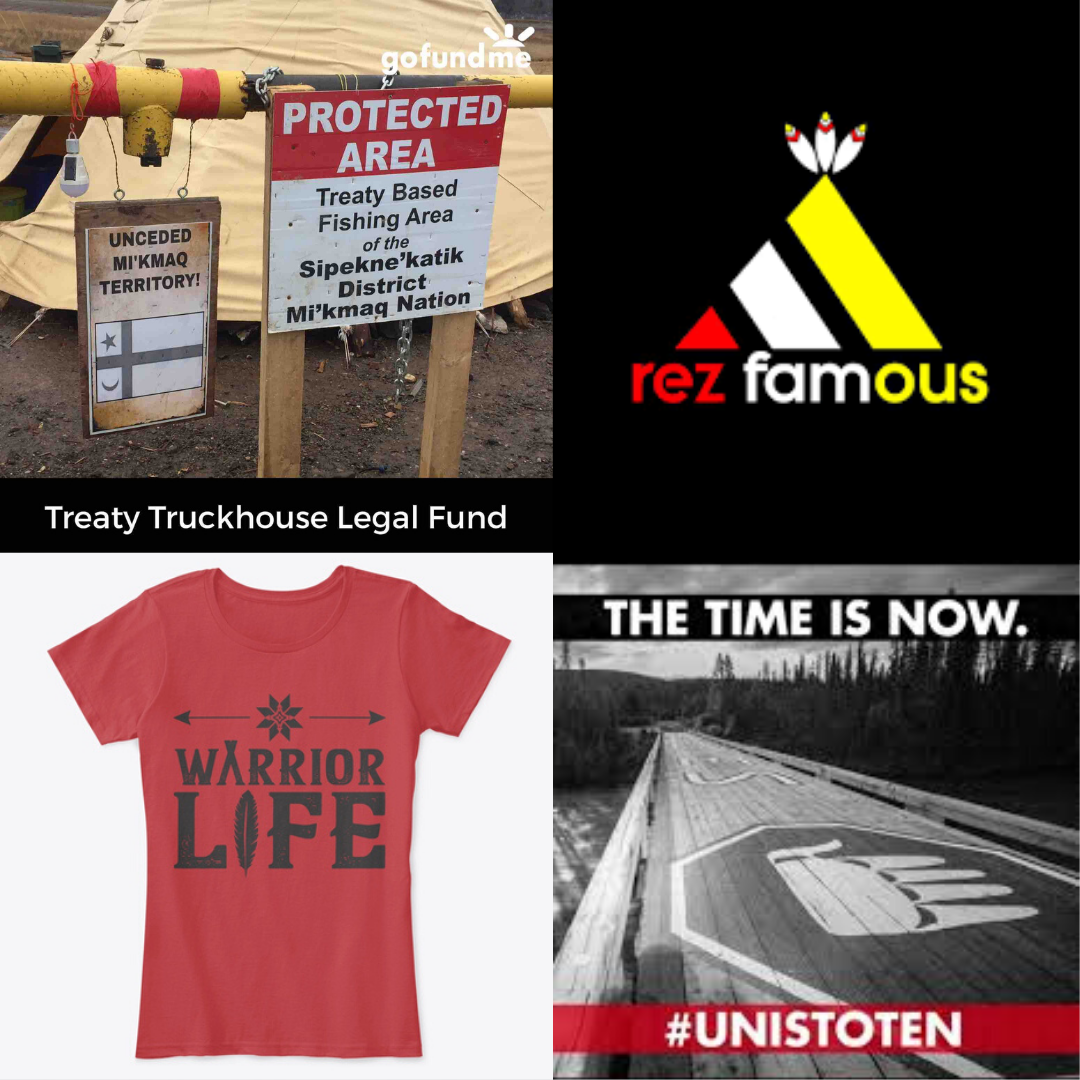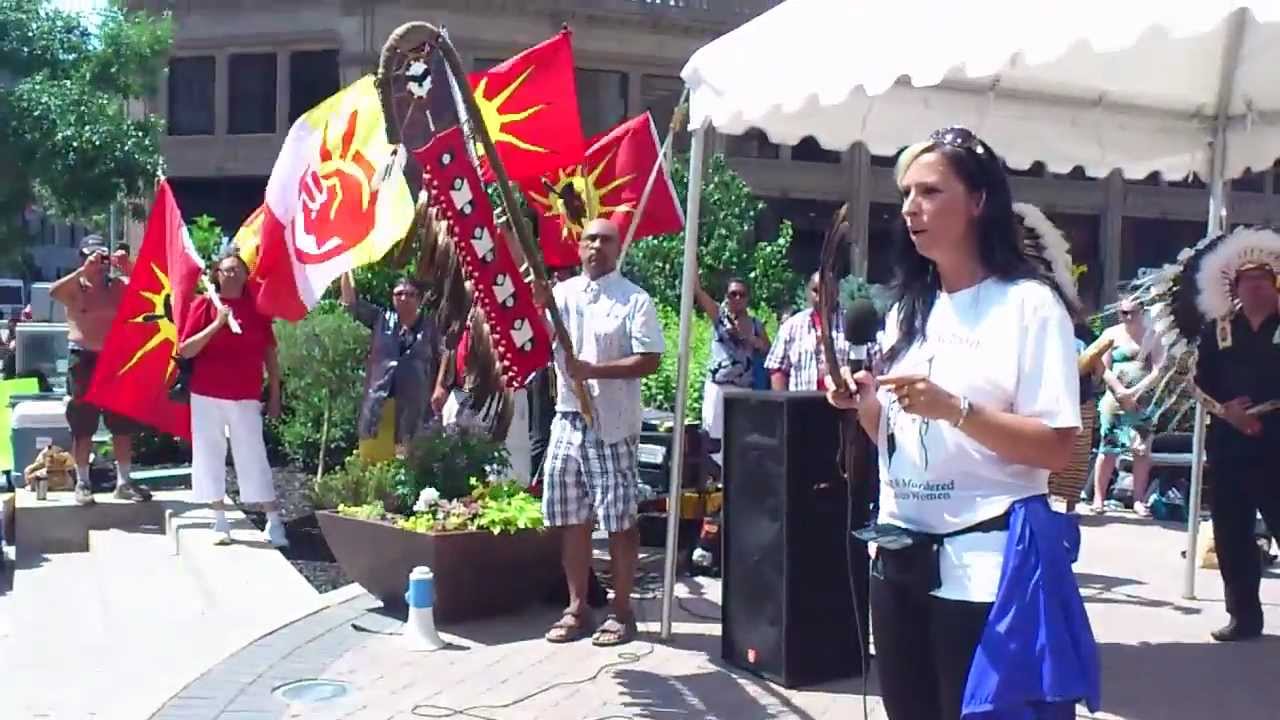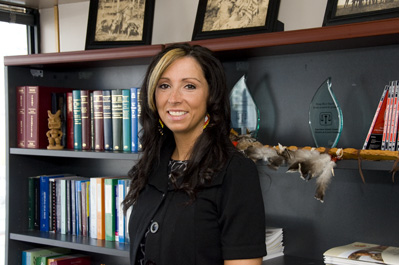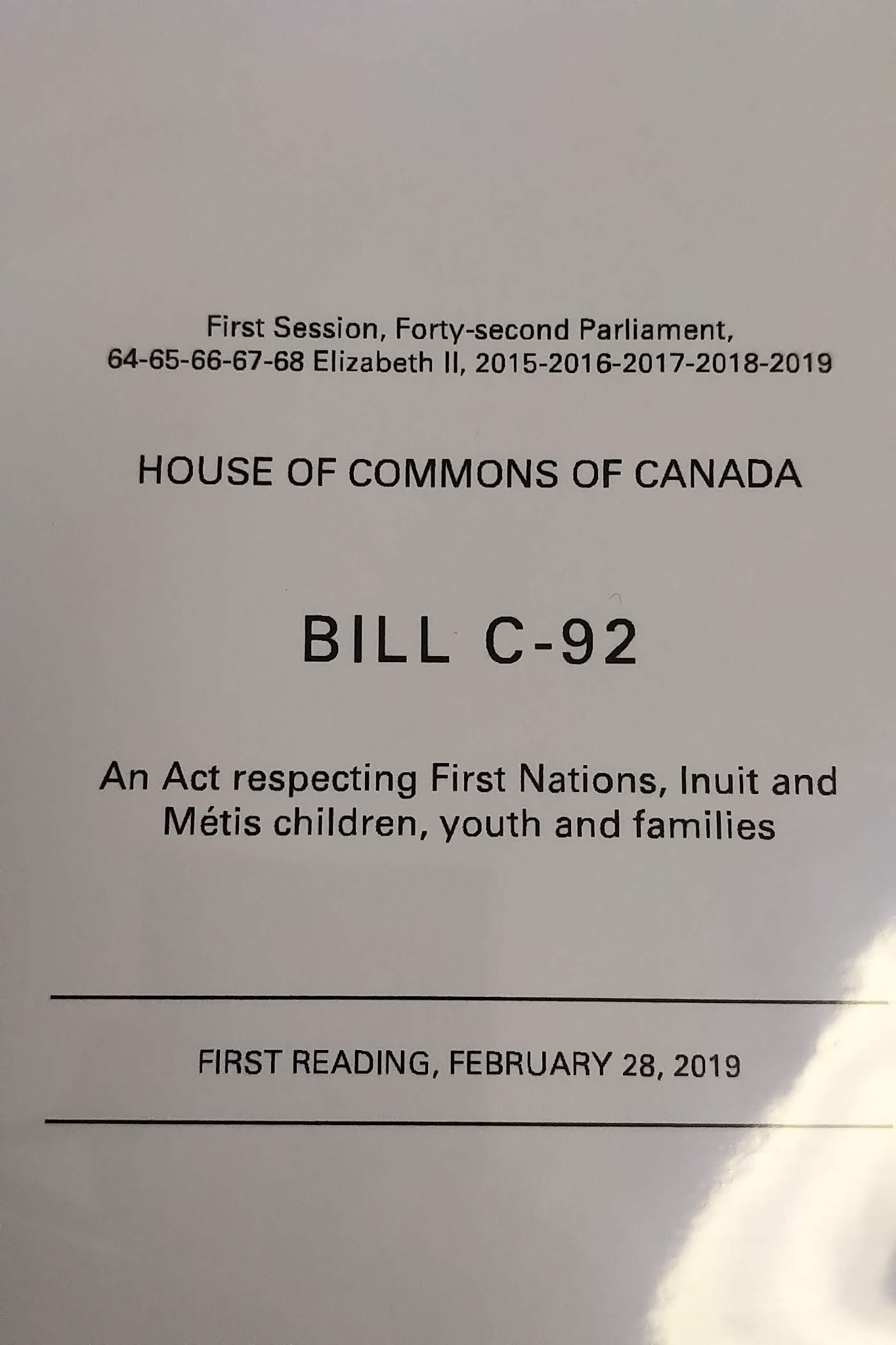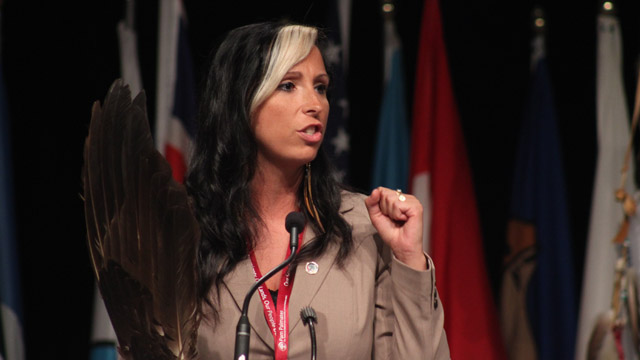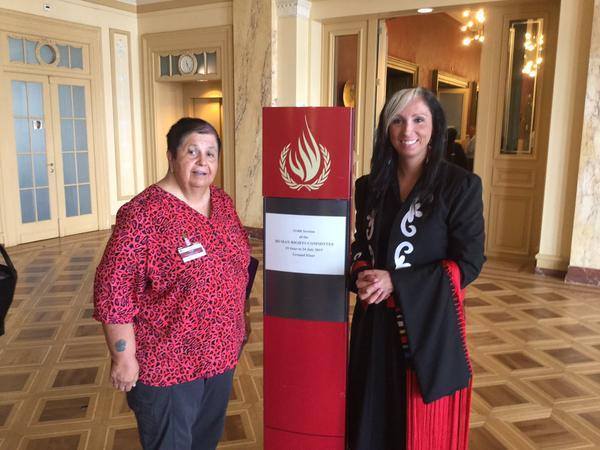(Treaty Truckhouse fundraiser [top left], Rez Famous Clothing [top right], Warrior Life Clothing [bottom left], Unist’ot’en fundraiser [bottom right]) If you are anything like me, I need multiple lists to keep myself organized this time of year. With the holidays speeding towards us faster than we can keep up, I need a list for tasks…
Continue reading…about Buy Native and Give Native All Year Long
